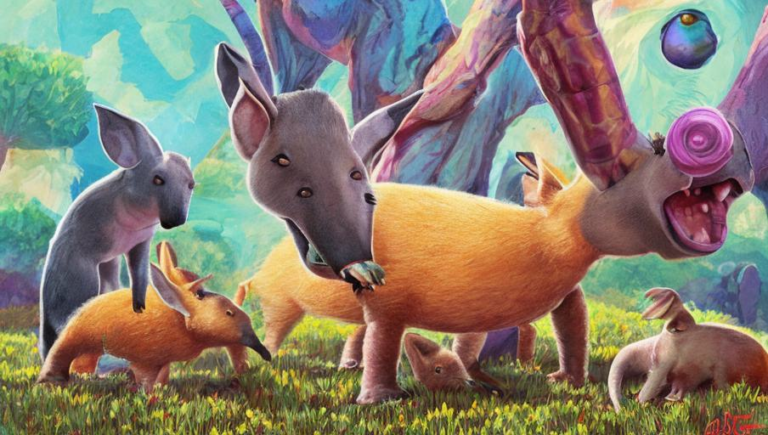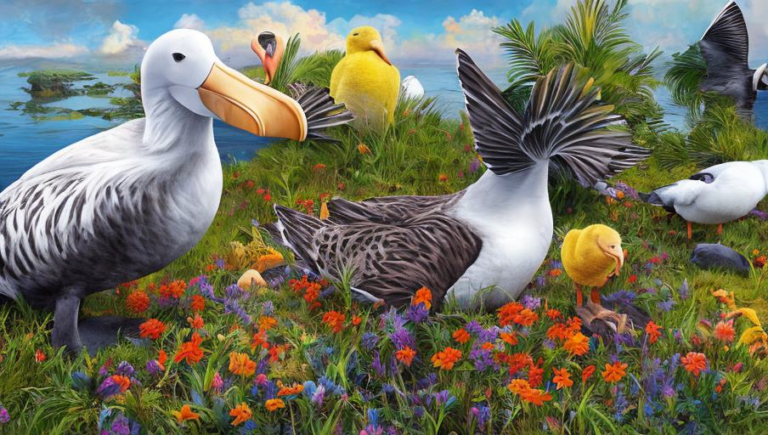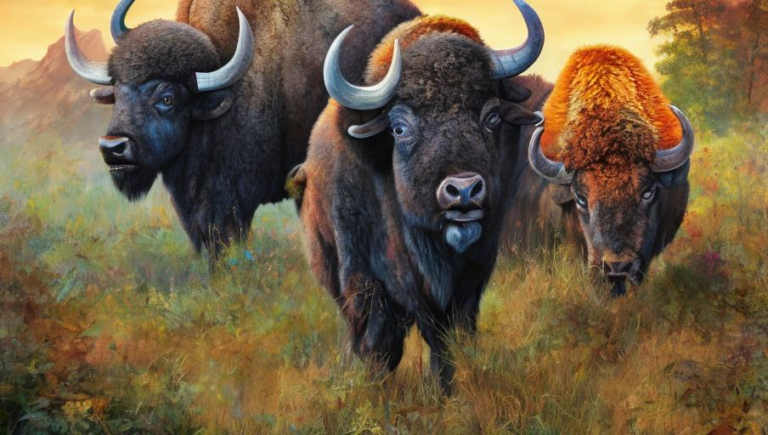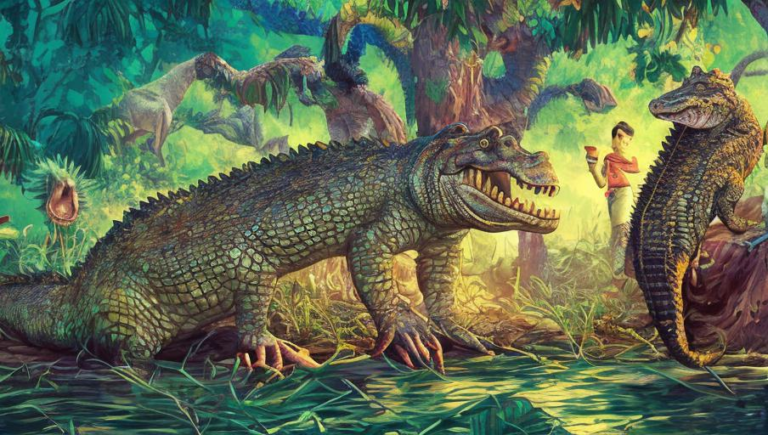Grandeur in a Badger’s Life Cycle
Introduction
Badgers are one of the most common and recognizable animals in North America. These furry, stout-bodied animals are easily identified by their black and white striped fur, long nose, and short legs. But, what many people don’t know is that badgers have an incredibly grand life cycle that is filled with fascinating behavior and adaptations.
The Burrow Life
Badgers are known to be solitary animals, living in underground burrows that they dig themselves. These burrows, known as “setts”, often have multiple entrances and can be up to 30 feet deep. Badgers are incredibly adept at digging and can build their setts in only a few days. The setts provide protection from the elements and predators, making them a safe haven for the badgers to raise their young.
Courtship and Mating
When it comes to courtship and mating, badgers are very vocal and active. They will make loud calls to attract potential mates, and their courtship behavior often includes a lot of chasing and wrestling. Mating usually occurs during the months of August and September, and the female badger will usually give birth to litters of 2-5 cubs the following spring.
Raising the Young
Badger mothers are fiercely protective of their cubs and will defend them from any perceived threat. The cubs will stay in the sett for several months while they learn survival skills and develop their strength, and the mother will even give them “lessons” to help them become better hunters. After several months, the cubs will start to venture out on their own and establish their own territories.
The Badger’s Lifestyle
Badgers are omnivores, meaning they eat both plant and animal matter. They are most active during the night and will hunt for small mammals, birds, and insects. They will also feed on fruits, vegetables, and nuts. Badgers will travel long distances in search of food, and they have been known to cover up to 20 miles in a single night.
Adaptations for Survival
Badgers are incredibly strong and have powerful claws that allow them to dig quickly and defend themselves from predators. They also have extremely thick fur that helps keep them warm in cold climates. Badgers are also able to spray a foul-smelling liquid from their anal glands as a defensive measure.
Conclusion
Badgers are truly remarkable animals, and their life cycle is something to be admired. From their burrow-building skills to their incredibly strong claws, badgers have adapted to the world around them in order to survive. Their fascinating behavior and adaptations make them an integral part of their ecosystems, and their grand life cycle is something that should be celebrated.





